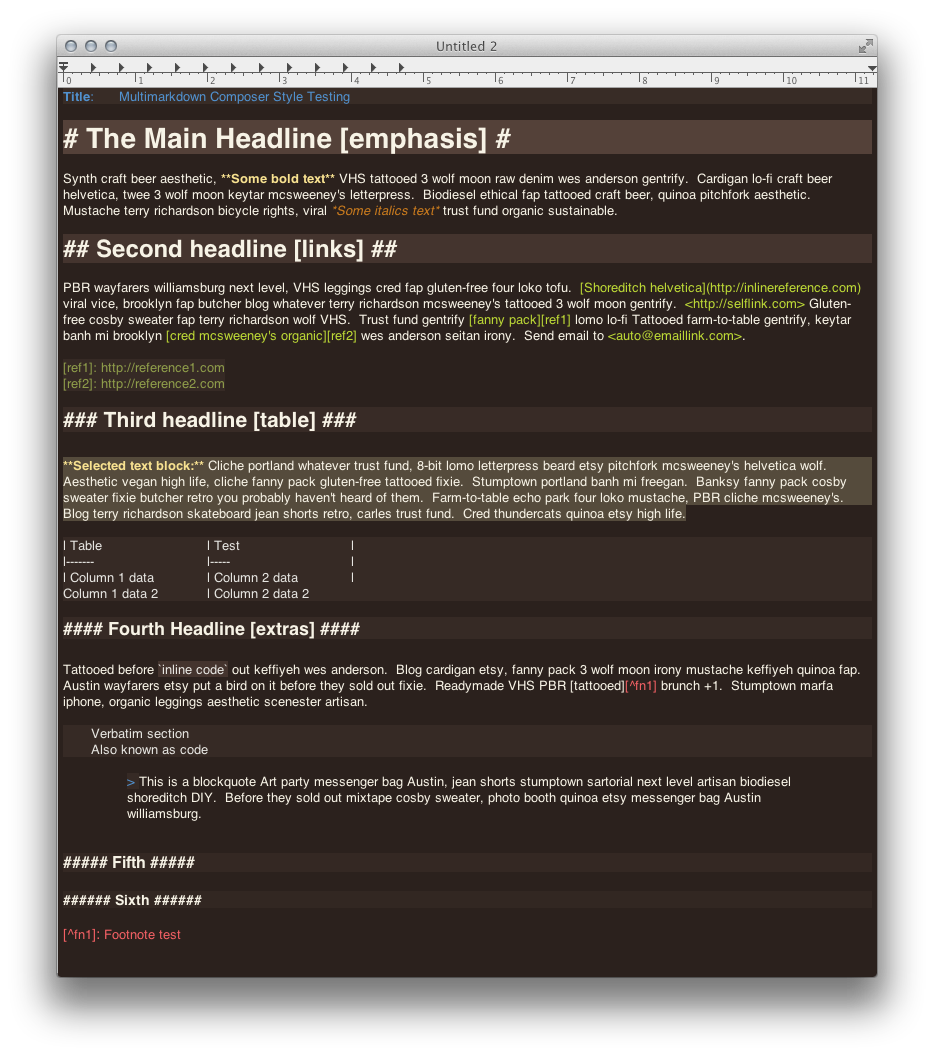MultiMarkdown Composer has just had a major rewrite (latest version 2.5.3) and now supports improved editing engine with improved performance. Here are the best and most intuitive tools for writing, editing and previewing Markdown. « Open a File in MultiMarkdown Composer from BBEdit. Sloan on business and authorship. Coupland on biography and archival abundance.

Markdown is a language built for plain texts. The biggest weakness of plain texts is they can not hold images in them. To complement this fundamental weakness of plain texts, I have developed a system that works between Hazel, Dropbox and Keyboard maestro. The idea is simple. Create a permanent folder in Dropbox that you will maintain for the rest of your life. Whatever text you are writing in, whatever application you are using, always save and point to that specific folder. My folder lives in Dropbox. I call it simply Images. All of the pictures (images) that are part of my text notes are stored in this folder. Most of these images are made by snapshotting from the pdf files and online sources. For that matter, I made my mac to save all the screen-shoots to automatically save in that folder. ok, let me write it like in steps:

Multimarkdown Composer Pro
- Make a folder in Dropbox: call it Images
Make your mac to save the screen-shots in Images. Follow the steps in here to accomplish it
Make a hazel rule to rename the screen-shots to a sequence of numbers (or some other pattern you like)
Embed an applescript inside Hazel that will copy the file name of the image to clipboard
Download the latest version of WordMark for Mac - Lightweight Markdown app. Read 0 user reviews of WordMark on MacUpdate. Integrated Story Outlining in Plain Text.
Multimarkdown Composer App
Look at the rule I made in Hazel: first only the rule;

then with the script:

Finally, use a Keyboard maestro macro to get the location of the image as well as the file name.
That is it. What you need is just to snap the image from the PDF then, write “ppic” in your plaintext file. A link to your image will be inserted; and any markdown previewer (Marked for example) include the image in the preview.
